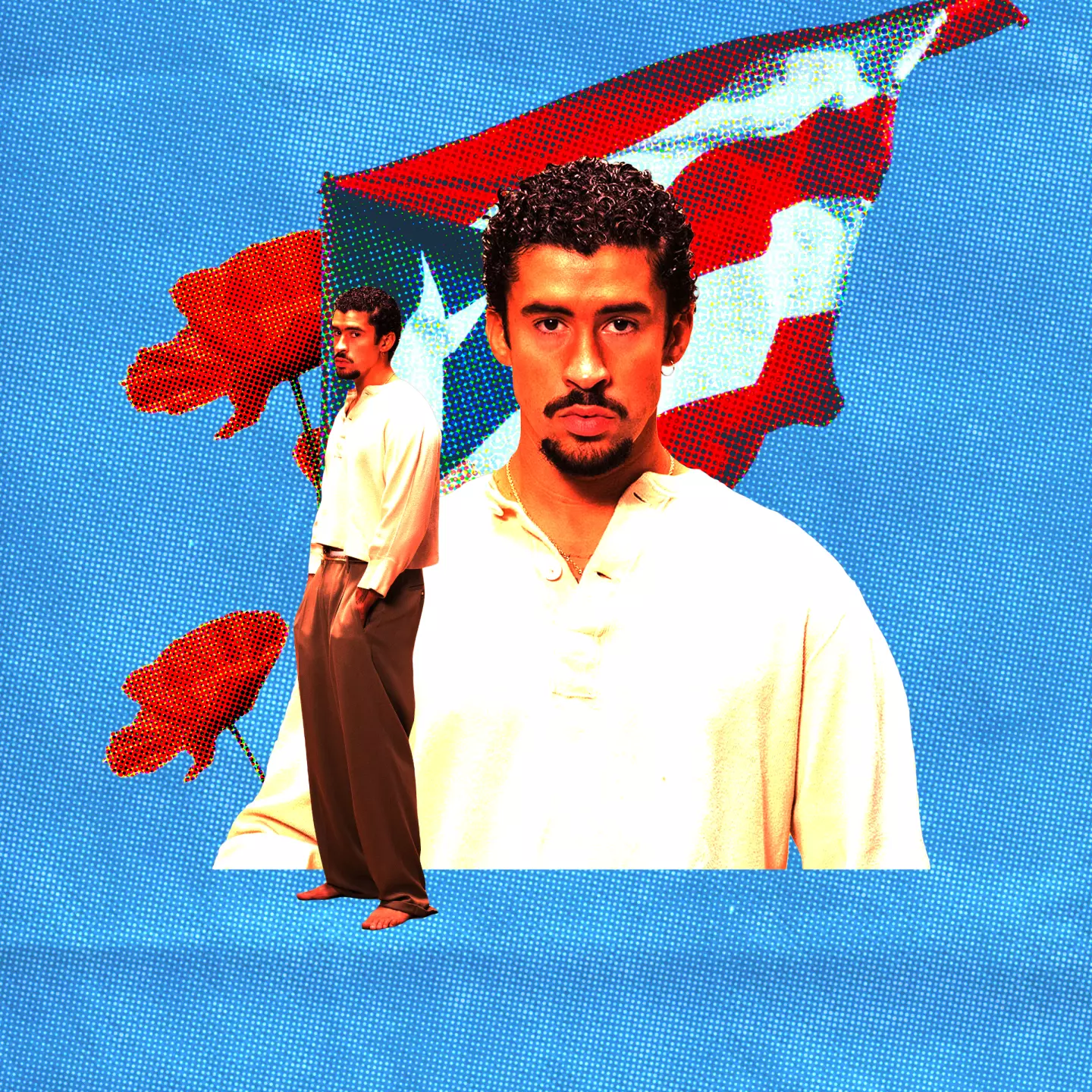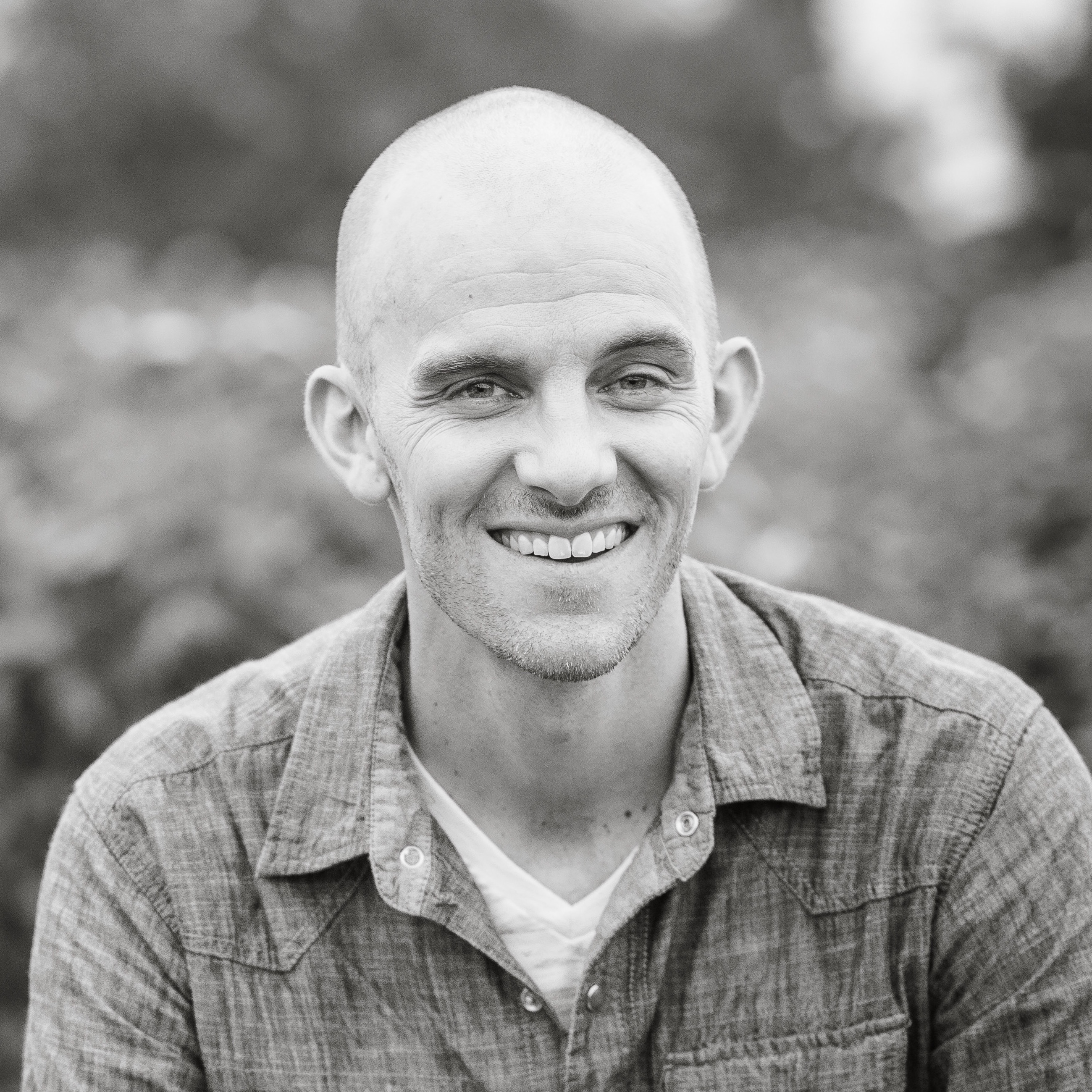In this past week’s newsletter, I wrote about Puerto Rico and Bad Bunny’s new album DeBÍ TiRAR MáS FOToS:
Two days ahead of the album’s release, Bad Bunny posted a short film (also titled DeBÍ TiRAR MáS FOToS) featuring Jacobo Morales, the much beloved Puerto Rican filmmaker, actor, director, and poet. The 12-minute film addresses the problem of gentrification on the island as tax incentives make it easier for foreign businesses to take up residency there. In the opening scene we see the 90-year-old Morales dig up a small box of photos, marked by a small Puerto Rican flag in the middle of a field, while he reminisces about the magic of the Puerto Rico that used to be—a magic he goes on to say is still there. Also in the film is Morales’s small friend Concho, a native toad that has come to symbolize Puerto Rican identity and cultural memory. The sapo concho is in danger of extinction, much like Puerto Ricans themselves who continually confront forces driving them away from the island. Morales is wonderful in the film, co-directed by Benito A. Martínez Ocasio (a.k.a. Bad Bunny) and Arí Maniel Cruz Suárez. He also makes an endearing appearance in the official video for the song “BAILE INoLVIDABLE,” where he joins a lesson to learn how to dance salsa.
You can read the whole newsletter here.
I wanted to write more about the themes developed in the short film because they’re worth taking a closer look at. There’s a lot going on. This is what Morales says to open the film:
Español:
Qué muchas cosas he vivido.
Conocí mucha gente. Gente buena.
Fui a muchos países.
¡A casi todas partes del mundo!
Pero ninguna como Puerto Rico…
O como lo que era antes.
Aquí había algo…
No sé qué.
Una magia increíble.
Y todavía la hay.
Todavía la hay.
Quisiera haber tirado más fotos,
Para enseñarte.
Las fotos son momentos vividos.
Recuerdos de cosas que pasaron.
Yo no era de estar tirando fotos
por ahí.
Ni estar subiendo stories ni
nada de eso.
Yo decía que era mejor vivir el
momento.
Pero, cuando llegas a esta edad,
Recordar no es tan fácil.
Debí tirar más fotos.
Haber vivido más.
Debí haber amado más,
Cuando pude.
Mientras uno está vivo,
Uno debe amar lo más que pueda.
English:
How many things I’ve lived.
I met a lot of people. Good people.
I went to a lot of countries.
Almost to every part of the world!
But none of them like Puerto Rico…
Or how it was before.
There was something…
I don’t know what.
An incredible magic.
And it’s still there.
It’s still there.
I wish I’d taken more photos,
To show you.
Photos are lived moments.
Memories of things that have passed.
I wasn’t one for going around taking
pictures.
Not uploading stories or any of
that either.
I said that it was better to live the
moment.
But, when you get to this age,
Remembering isn’t as easy.
I should’ve taken more photos.
Lived more.
I should’ve loved more,
When I could.
While you’re alive,
You should love as much as you can.
These words from Morales appear in various parts of Bad Bunny’s album. In “BAILE INoLVIDABLE,” for example, the intro music that’s been building into a rocker suddenly cuts out and we hear Morales say, “Mientras uno está vivo, uno debe amar lo más que pueda,” right before a glorious salsa reincarnation of the melody takes over. In “DtMF,” Bad Bunny sings the album’s title to start off the chorus, using the same words as Morales—“Debí tirar más fotos.”
After the opening monologue, Morales begins to converse with his friend, Concho the toad, who like Morales is a native of Puerto Rico. This is a shared characteristic not to be missed. One of the main themes of the short film is Puerto Rico’s ongoing problem with gentrification and the multiple ways in which it’s displacing native Puerto Ricans on the island.
After they both realize they’re hungry, Morales goes for a walk downtown to pick up some food for the two of them. On the way, the signs of gentrification abound—foreigners living on the island blasting their music, English being spoken to the exclusion of Spanish, franchise restaurants taking over local cafes. Morales has the appearance of someone who doesn’t even recognize his hometown anymore. It all comes to a head when he tries to make a simple order at a newly-established chain restaurant and is met with a barrage of choices and inflated prices. He even has troubles paying for his order due to the restaurant’s no-cash policy. At this point, a younger Puerto Rican man intervenes to pay for him and offers an encouraging, “Seguimos aquí” (We continue here).
Songs from Bad Bunny’s new album are sprinkled throughout the short film. Upon returning home, we see Morales percolating some coffee on the stove while the song “TURiSTA”—not unintentionally—plays gently in the background. The song directly calls out the issue of tourists benefiting from the beauty of a place without being willing to help solve the challenges associated with preserving that beauty. The beauty of Puerto Rico—both in its physical landscape and the cultural identity of its people—is something worth preserving. In this song, as he does throughout the whole album, Bad Bunny is commenting on the risk of it disappearing.

As Morales and Concho enjoy their food on the back porch, Concho inquires about seeing more of Morales’s photos. After Morales reminds him that he didn’t take many, Concho suggests that they take a picture today, implying that it’s never too late to start recording their cultural identity. There’s hope for its future.
I loved this short film because I love Puerto Rico, and I love the devotion and care with which Bad Bunny positions himself as an advocate for his homeland. It’s not the first time he’s done so. In 2022, he released a music video for his song “El Apagón,” which included a documentary at the end of it called “Aquí Vive Gente” (People Live Here) that addresses how foreign investments in Puerto Rico are negatively impacting island natives. DeBÍ TiRAR MáS FOToS also introduced me to the wonderful Jacobo Morales. I’ve since discovered more of his work, like his 1989 film Lo que le pasó a Santiago, which was the first and only one from Puerto Rico to be nominated for an Academy Award.

I also loved the film because—as good ones often do—it challenged my own thinking about important issues. I’ve done a fair amount of traveling in my life and have even lived abroad as an expat. The film’s commentary made me wonder: have I traveled and lived abroad in ways that preserve and support local communities? Or have I unknowingly aided and abetted the takeover of their spaces and the displacement of their people?
Two summers ago, for example, my wife and I stayed in an Airbnb in downtown Murcia, Spain. It was only afterward that we learned about the recent trend of foreign investors buying up downtown properties to rent out to tourists, and how this is a growing problem—contributing to a higher cost of living and the displacement of local peoples who end up being forced to live outside of their preferred urban spaces. It has led me to explore more responsible travel and adopt more sustainable practices, like regenerative tourism. We can all do better.
But at the core of the film is Morales’s attempt to preserve the cultural identity of Puerto Ricans, at a critical point in history when that identity is again being threatened. At the end of the film, Morales promises his friend that he’ll share his photos and his memories with him—both elusive attempts to capture the essence of what it means to be Puerto Rican. Photos and memories are snapshots frozen in time. They are not completely reliable in their ability to represent cultural identity, as cultural identity is active and always evolving. I think that’s why it takes the effort of a full community—not just one individual—to remember its past identity and carry it forward into the future.
Such community efforts exist. A large portion of the Puerto Rican diaspora lives in New York—or, “NUEVAYoL,” as Bad Bunny’s opening track of the album pays homage to. In 2019, two of these nuevayorkinos—Djali Brown-Cepeda and Ricardo Castañeda—started the digital archive and multimedia project Nueva Yorkinos. It’s a beautiful community project that serves as “a love letter to Nueva Yol” and the type of group effort that seeks to achieve the cultural preservation that Morales longs for in DeBÍ TiRAR MáS FOToS. Since its founding, the website “has amassed over 2,000 pieces of visual media, and 1,500 personal stories and family histories” of Puerto Rico’s diaspora in the city. Visitors can peruse the many media and stories that others have submitted, and of course, submit their own.
These are the kinds of projects we need to ensure that the marginalized have a voice and that their stories are heard. This, too, is what Bad Bunny is using his platform and creative energies to accomplish. His final lyrics on the album leave a powerful and definitive statement:
Español:
De aquí nadie me saca,
De aquí yo no me muevo.
Dile que esta es mi casa
Donde nació mi abuelo.
Yo soy de P fuckin’ R.
English:
Nobody’s taking me from here,
I’m not moving from here.
Tell them this is my house
Where my grandfather was born.
I’m from P fuckin’ R.
For more Bad Bunny and Jacobo Morales, check out the official music video for “BAILE INoLVIDABLE.” It’s simply excellent! It will make you excited to live your life to the fullest and to dance like no one is watching.

